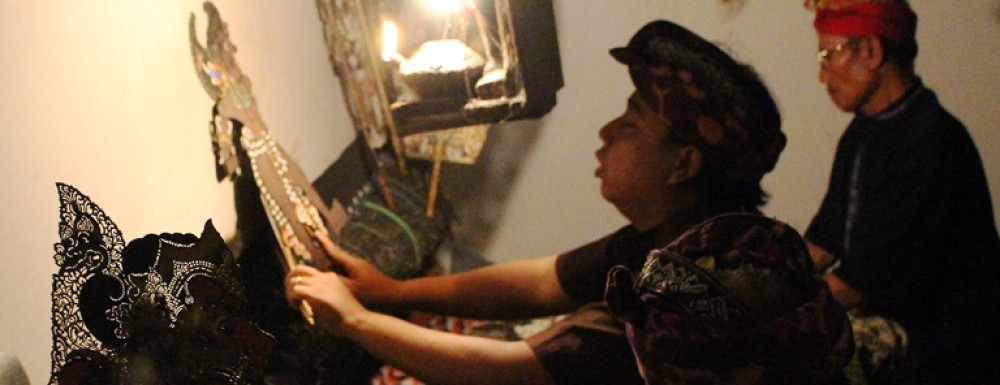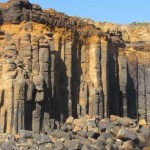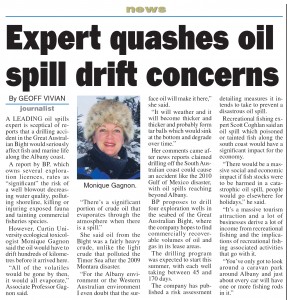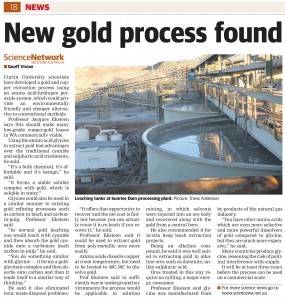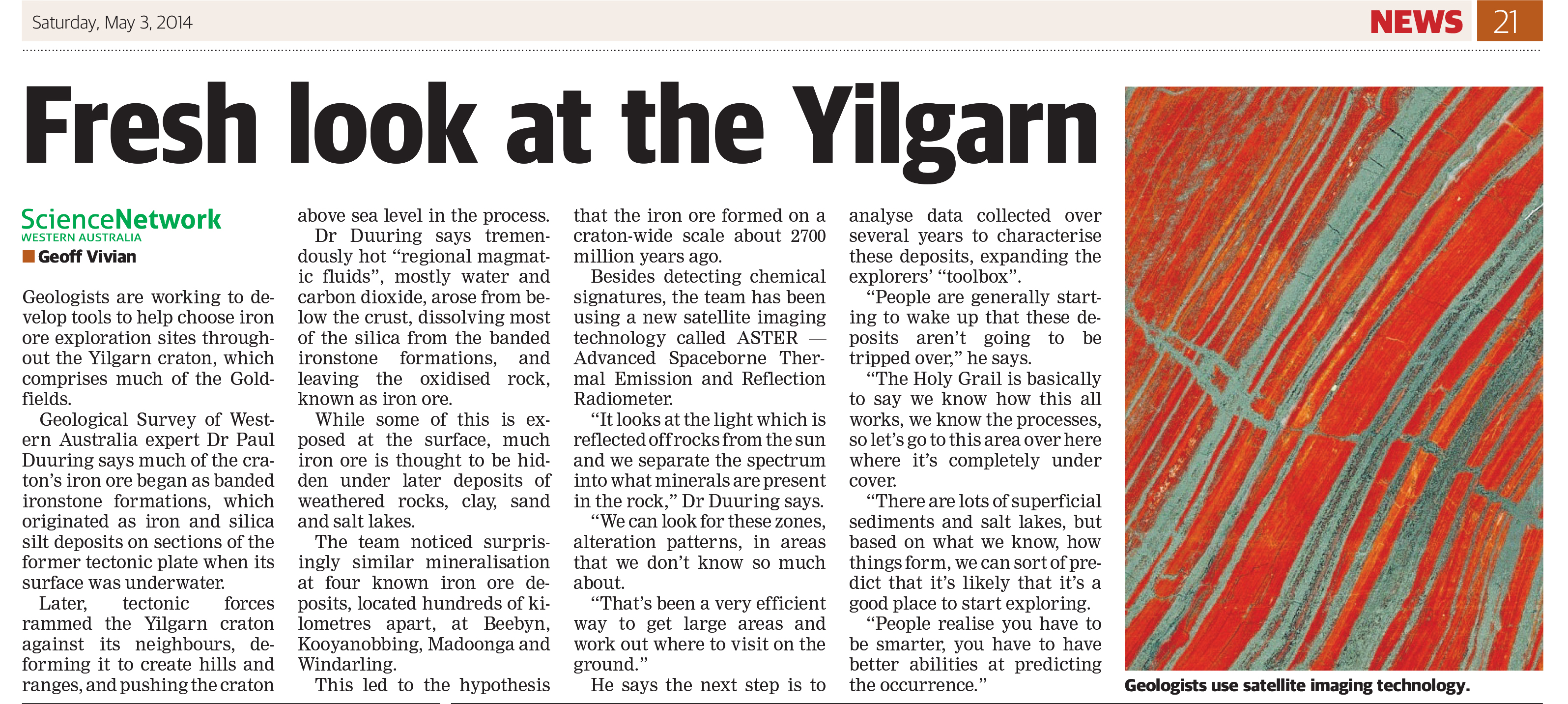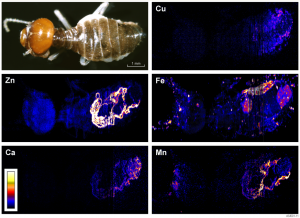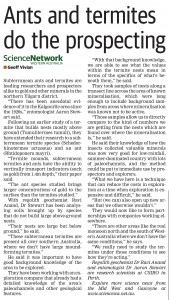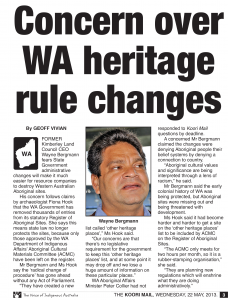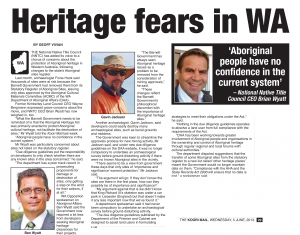TEXT BY GEOFF VIVIAN
MORE than a billion years ago two tectonic plates collided and fused to form a continent.
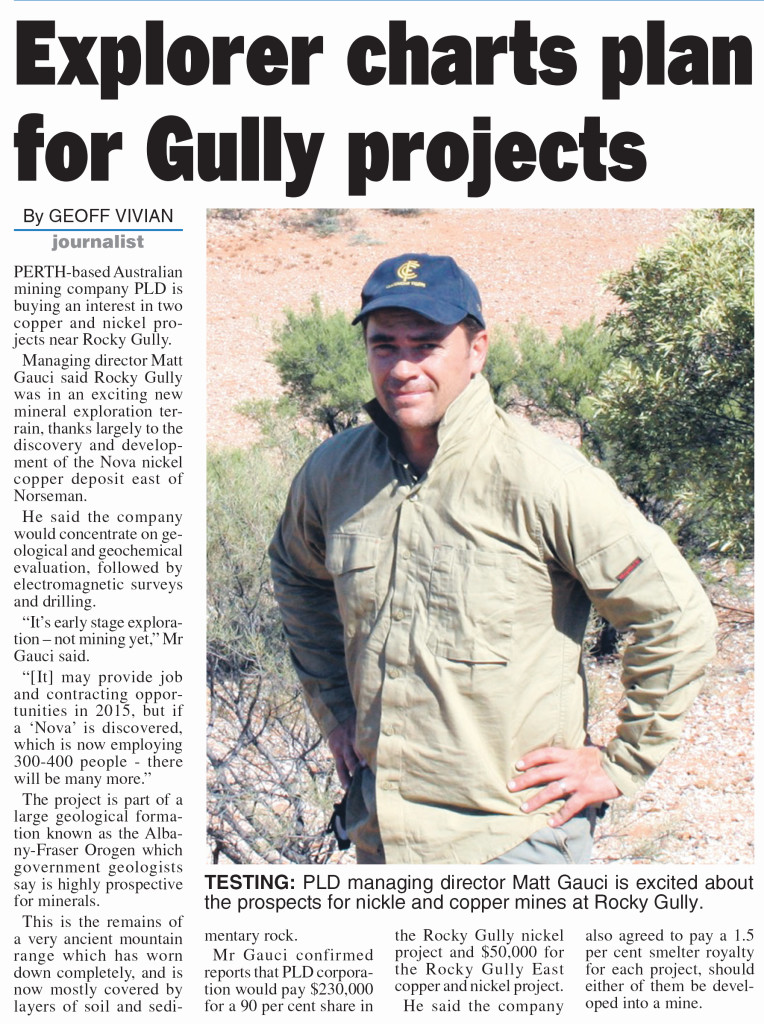
From The Great Southern Weekender, March 19, 2015 p5
They also formed a mountain range whose worn-down remnants stretch across most of southern Western Australia.
Gold and nickel has been found at one end of the former mountain range, and a small company has bought leases near the other extremity in the hope of finding payable nickel and copper.
The Weekender, March 19, 2015 p5.
According to Bloomberg the Managing Director left the company soon after this interview.
